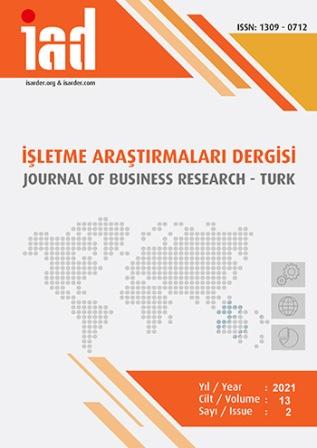Learning from Alliance Partners: The Interplay Between CEO Duality And TMT Functional Background Diversity
Learning from Alliance Partners: The Interplay Between CEO Duality And TMT Functional Background Diversity
Author(s): Nathalie Pasman, Nüfer Yasin AteşSubject(s): Business Economy / Management, Accounting - Business Administration, Human Resources in Economy
Published by: İşletme Araştırmaları Dergisi
Keywords: Inter-organizational; Learning; Strategic Alliances; Top Management; Teams Diversity; Corporate Governance;
Summary/Abstract: Purpose – Strategic alliances are essential vehicles for knowledge acquisition from alliance partners especially in the technology related sectors. This research examines the interplay between top management team (TMT) functional background diversity and CEO duality on learning from alliance partners. Design/methodology/approach – Data for 1012 strategic alliances from Information and Communications sectors (computer equipment, electronics and telecommunications) in US are collected from multiple databases: Firm data is retrieved from Compustat database, strategic alliance date is retrieved from SDC Platinum database, patent data is retrieved from NBER database and finally the TMT information is coded from U.S. Securities and Exchange Commission (SEC) database. We tested our hypotheses using the negative binomial regression model since our dependent variable is discrete and non-negative (patent citation counts). Findings – CEO duality moderates the relationship between TMT functional background and learning from alliance partner such that the effect of TMT functional background on learning from alliance partner is positive when CEO does not have dual roles and negative when he or she does. Discussion – This study contributes to the strategic alliance and inter-organizational learning literature by demonstrating the roles of influential actors in the strategy process (i.e., the CEO and TMT). The study findings also extend the scope of upper echelons literatures by establishing the relevance of upper echelons theory for a novel dependent variable (i.e., learning from alliance partners).
Journal: İşletme Araştırmaları Dergisi
- Issue Year: 13/2021
- Issue No: 2
- Page Range: 1216-1226
- Page Count: 11
- Language: English

